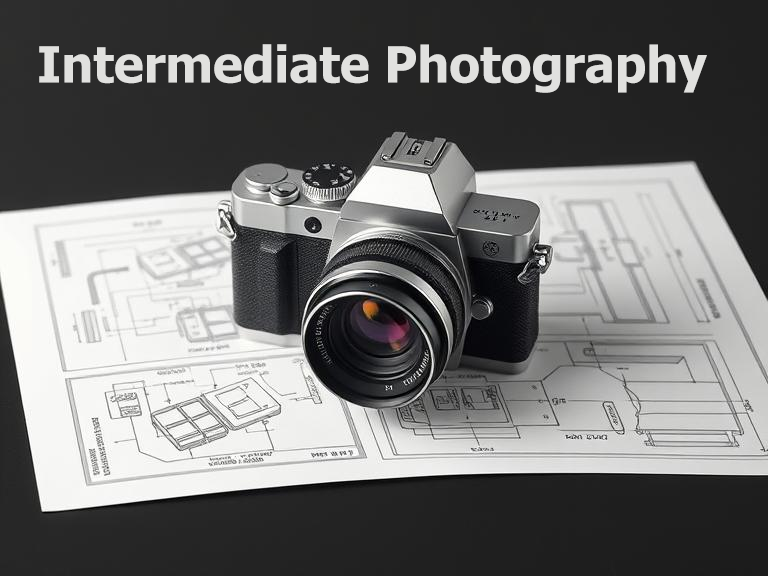Mastering the art of using off-camera flash can elevate your photography, allowing you to create stunning images that stand out. This technique offers more control over lighting, enhancing your creative possibilities. Here’s how you can create striking visuals using off-camera flash effectively.
Understanding Light Basics
Before diving into off-camera flash, it’s crucial to understand the basics of light. Light has various qualities: intensity, direction, color, and softness. A well-balanced image captures these elements cohesively. Off-camera flash gives you the flexibility to adjust these variables, making it a powerful tool for photographers.
Essential Equipment
To begin, you’ll need a camera with manual settings, a compatible speedlight or flash unit, and a trigger or sync cord to connect the flash to your camera. Additionally, consider using light stands, umbrellas or softboxes for diffusion, and reflectors to direct light efficiently. Investing in quality equipment can make a significant difference in the results you achieve.
Mastering Camera and Flash Settings
Understanding and adjusting the camera settings is key to using off-camera flash effectively. Start by setting your camera to manual mode to control the exposure. Adjust the ISO to suit the ambient light conditions, typically between 100-400 for outdoor settings. Set your aperture based on the depth of field you desire. A wider aperture like f/2.8 will blur the background, while a narrower one like f/8 will keep more of the scene in focus. The shutter speed should sync with the flash, often at 1/200 or 1/250 of a second.
The flash itself has settings to control power. Start with low power, around 1/16, and increase it until you achieve the desired effect. Remember, the flash power and distance from the subject play critical roles in determining the light’s intensity.
Choosing the Right Modifiers
Modifiers like softboxes, umbrellas, and grids help control the quality of light. Softboxes and umbrellas diffuse the light, providing a soft, even glow that is ideal for portraits. Grids focus the light, creating dramatic effects perfect for artistic shots. Experiment with different modifiers to see which best suits your style and subject.
Positioning Your Flash
The position of your off-camera flash significantly affects the shadow and highlight interplay in your images. To create a natural look, place the flash at a 45-degree angle from the subject, slightly above eye level. This replicates the angle of sunlight and results in flattering shadows. For more dramatic effects, experiment with backlighting or side lighting by moving the flash behind or beside the subject.
Balancing Flash and Ambient Light
Balancing flash with ambient light is essential for achieving natural-looking photos. Start by exposing for the background, adjusting your camera settings until the ambient light is captured well. Then, introduce the flash to illuminate the subject. Adjust the flash power to ensure the subject is well lit yet harmonious with the background’s luminosity.
Using Gels to Alter Color
Flash gels are colored sheets you can attach to your flash to change the light color. They are useful for creative effects or balancing the flash color with ambient light. For instance, a warming gel can compensate for the cool tone of flash in outdoor settings, making skin tones appear more natural. Alternatively, use colored gels to add dramatic hues for vibrant creative shots.
Working with Composition
Effective composition enhances photographs taken with off-camera flash. Consider the rule of thirds, leading lines, and symmetry to create visually compelling images. Off-camera flash allows for shadow manipulation, which can accentuate these compositional techniques to draw viewers’ eyes to the subject meaningfully.
Practice and Experiment
The key to mastering off-camera flash is practice. Experiment with different settings, angles, and modifiers to understand their effects better. Analyze your results and adjust accordingly. Each shoot will bring new challenges and learning opportunities, leading to continued improvement.
Securing Your Lighting Setup
When shooting outdoors, securing your flash and modifiers is crucial, especially in windy conditions. Use sandbags or weights on your light stands to prevent tipping. Safety should always be a priority to protect your equipment and your subjects.
Considering the Environment
Different environments pose unique lighting challenges and opportunities. For instance, shooting at golden hour provides a warm, soft backdrop enhancing flash effects subtly. On the other hand, shooting at night requires careful control of flash power and direction to avoid harsh shadows and highlights while maintaining details.
By mastering off-camera flash, you gain the ability to transform ordinary scenes into extraordinary images, showcasing subjects in the best possible light. Consistent practice and a willingness to experiment are vital to refining your skills and achieving striking photography with off-camera flash.


